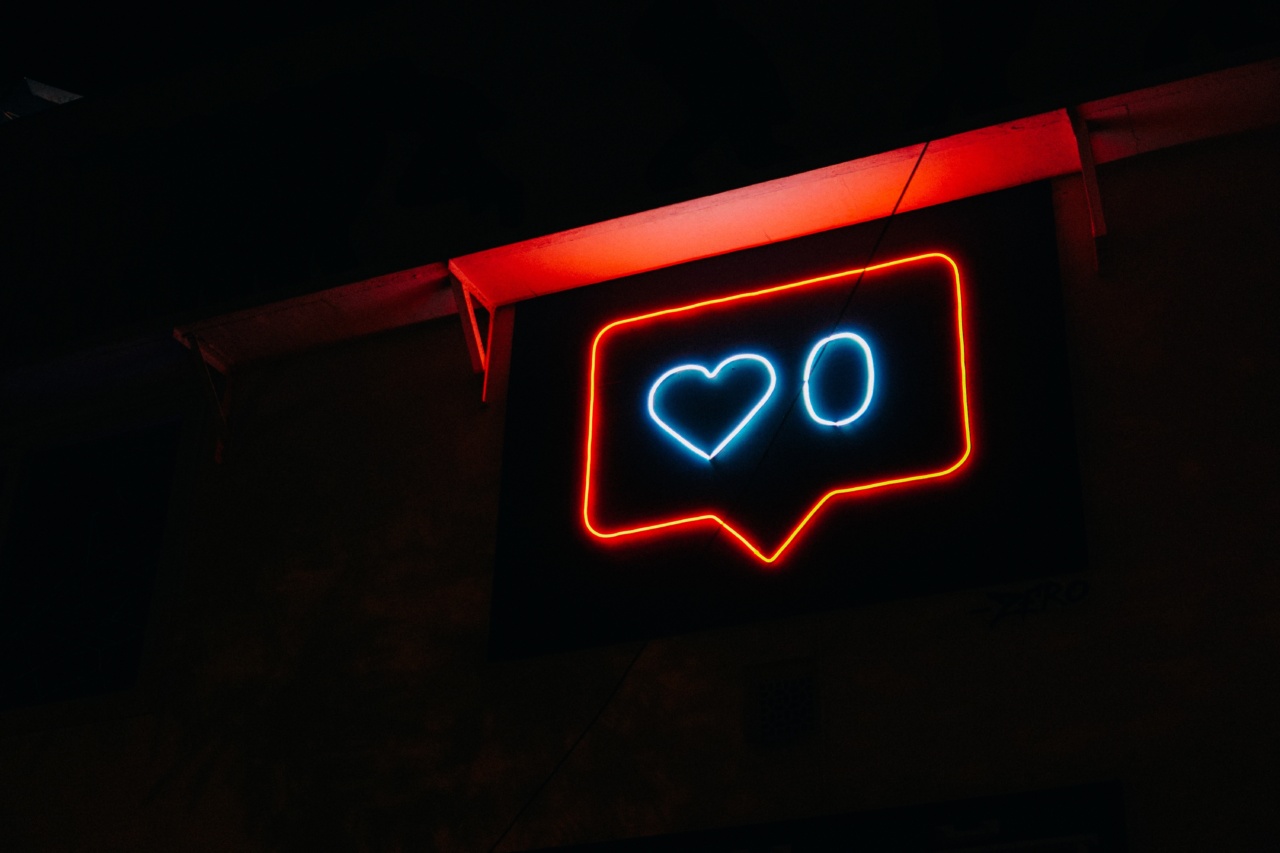Color blindness is a condition that affects millions of people worldwide. It is a genetic trait that makes it difficult for individuals to distinguish certain colors.
Despite its prevalence, very few people understand the experience of living with color blindness. In this article, we will explore what it’s like to be color blind, how it affects everyday life, and the challenges that come with this condition.
What is Color Blindness?
Color blindness is a condition that affects an individual’s ability to distinguish certain colors. It is also known as color vision deficiency.
The condition is caused by a reduction or absence of certain color-sensitive cells in the eyes known as cones. There are three types of cones that are responsible for interpreting color in the eye – red, green, and blue. When one or more of these cones is not functioning properly, it can lead to color blindness.
Types of Color Blindness
There are several types of color blindness, each with varying degrees of severity. The most common type is red-green color blindness, which affects around 8% of men and 0.5% of women of Northern European descent.
This type of color blindness makes it difficult to distinguish between shades of red and green. In rare cases, individuals may also have blue-yellow color blindness, which affects the ability to differentiate between shades of blue and yellow.
Total color blindness, where an individual cannot see any colors at all, is extremely rare and only affects around 1 in 30,000 individuals.
What is it Like to be Color Blind?
Being color blind can be a frustrating experience, especially when it comes to everyday tasks such as driving or choosing clothes.
Individuals with color blindness often have difficulty telling the difference between colors that are very similar, which can make it difficult to identify specific objects or read certain types of text. For example, someone with red-green color blindness may have trouble distinguishing between a green traffic light and a red stop sign.
In addition, certain professions may be off-limits to individuals with color blindness, such as those that require accurate color distinction, like pilots, electricians, and graphic designers.
Challenges of Being Color Blind
Living with color blindness can present a range of challenges, from minor inconveniences to major obstacles. Here are some of the most common challenges faced by individuals with color blindness:.
Difficulty Reading Charts and Graphs
Charts and graphs are often color-coded to make the information easier to understand. However, for someone with color blindness, this can make it difficult to read and interpret the data.
This can be especially challenging in academic or professional settings, where comprehension of visual data is critical.
Difficulty Driving
Driving can be particularly dangerous for individuals with color blindness, especially at night when traffic signals are illuminated by colored lights.
It can also be difficult to identify certain road signs, such as stop signs or yield signs, which can pose a risk to both the driver and other motorists on the road.
Difficulty with Everyday Tasks
Everyday tasks such as choosing clothes or identifying ripe fruit can be challenging for individuals with color blindness.
For example, someone with red-green color blindness may struggle to identify whether a banana is ripe or not, as the color change from green to yellow may not be noticeable. Similarly, choosing clothes that match can be difficult, as some colors that appear to match to non-color blind individuals may look drastically different to someone with color blindness.
Social Isolation
Color blindness can cause individuals to feel socially isolated, especially in contexts such as school or work, where group activities and discussions may be centered around colors.
In addition, people with color blindness may feel self-conscious or embarrassed about their condition and may avoid social situations as a result.
Diagnosing and Treating Color Blindness
Color blindness is typically diagnosed using a series of tests that measure an individual’s ability to see and differentiate between certain colors.
Although there is currently no cure for color blindness, certain accommodations can be made to help individuals live with the condition. For example, certain software programs or assistive technology can help individuals navigate online content or read charts and graphs more easily.
In some cases, tinted glasses or contact lenses may also be helpful in distinguishing between certain colors. Additionally, some individuals with color blindness may benefit from adjusting their surroundings to minimize confusion, such as using labels or other visual cues to differentiate between objects.
Conclusion
Color blindness is a condition that affects millions of people worldwide. Living with this condition can be challenging, and individuals may face a range of obstacles in their everyday lives.
Despite these challenges, it’s important to recognize that color blindness does not need to limit an individual’s abilities or potential. With the right accommodations and support, individuals with color blindness can achieve great things and enjoy fulfilling lives.






























